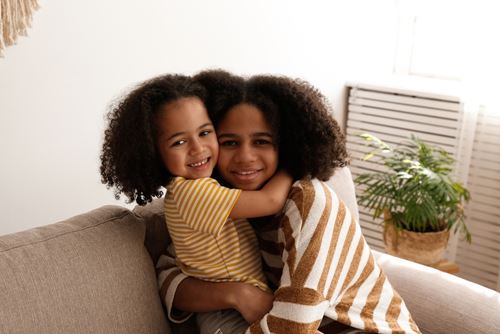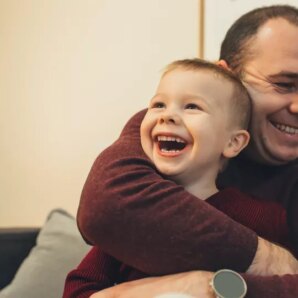The importance of keeping siblings together in care
When children are able to stay together for the duration of their time in foster care, it can lead to some amazing outcomes. Just some of the benefits for siblings in care are:
- Sustaining relationships. For many of us, our bonds with our siblings will be the longest relationships we have throughout our lives. Keeping children together prevents these precious relationships from becoming damaged.
- Everyday support. Coming into care is an extremely confusing and distressing time for children. Having one another to lean on for emotional support and a sense of safety while navigating this scary time can be a great reassurance for siblings who are taken into care.
- Sharing experiences. When children are able to live together, their familial relationships are properly nurtured. They’re able to continue growing together in a safe environment, making new memories to treasure for a lifetime.
3 tips for fostering biological siblings
-
-
Be aware of the unique challenges which come along with fostering siblings.
Common challenges which can occur when fostering sibling groups include sibling rivalry, enmeshment and parentification. Enmeshment between siblings is where the emotional boundaries between children are blurred, and they need careful parenting to help them build their independence— for example, if one child becomes upset at having their behaviour corrected, their sibling might also burst into tears.
Parentification is where one sibling— usually the oldest child— has been forced by circumstances to take on a parental role, feeling responsible for the care and protection of their family members. It can be very difficult for children who have been ‘parentified’ to learn to trust foster parents to fulfil the role of caregiver, and it may take time for them to learn how to simply be a child again and not feel responsible for their siblings. You’ll learn lots about managing sibling relationships through our training— in the meantime, check out our blog on the unique challenges of fostering siblings.
-
Treat siblings as individuals.
As we’ve discussed with enmeshment, it’s common for siblings in care to be treated as though they are one in the same. It’s important to recognise that while siblings may have come from the same home, each child will have their own unique needs and ways of processing the world. They’re also unlikely to respond to what they experienced when living with their birth family in the same way, and will need tailored, therapeutic parenting to help them to manage their trauma.
By also making space for children to explore their own identity, goals, interests and hobbies, you can help to unravel enmeshment and teach children that they are uniquely valued— not just as part of a sibling unit, but as an individual.
-
Value and prioritise family time.
Whether its board games or bike rides in the park, prioritising quality time together as a family is essential in building great bonds with the children you foster. Prioritising family time also means doing all you can as their foster parent to support their other familial relationships. Most children in care will keep in some form of contact with their birth family members while they’re being fostered, depending on what’s outlined in their care plan.
Your role may involve taking children to visit their birth parents regularly, or travelling to visit their other siblings if they’ve come from a large sibling group who have been placed with different foster families. Nurturing relationships between siblings and family members isn’t always easy, especially in the face of distance or complex family dynamics, but staying in touch with your foster siblings’ birth family can be really beneficial for them, and contributes to the goal of most fostering placements – for families to be able to live safely together again.
-








